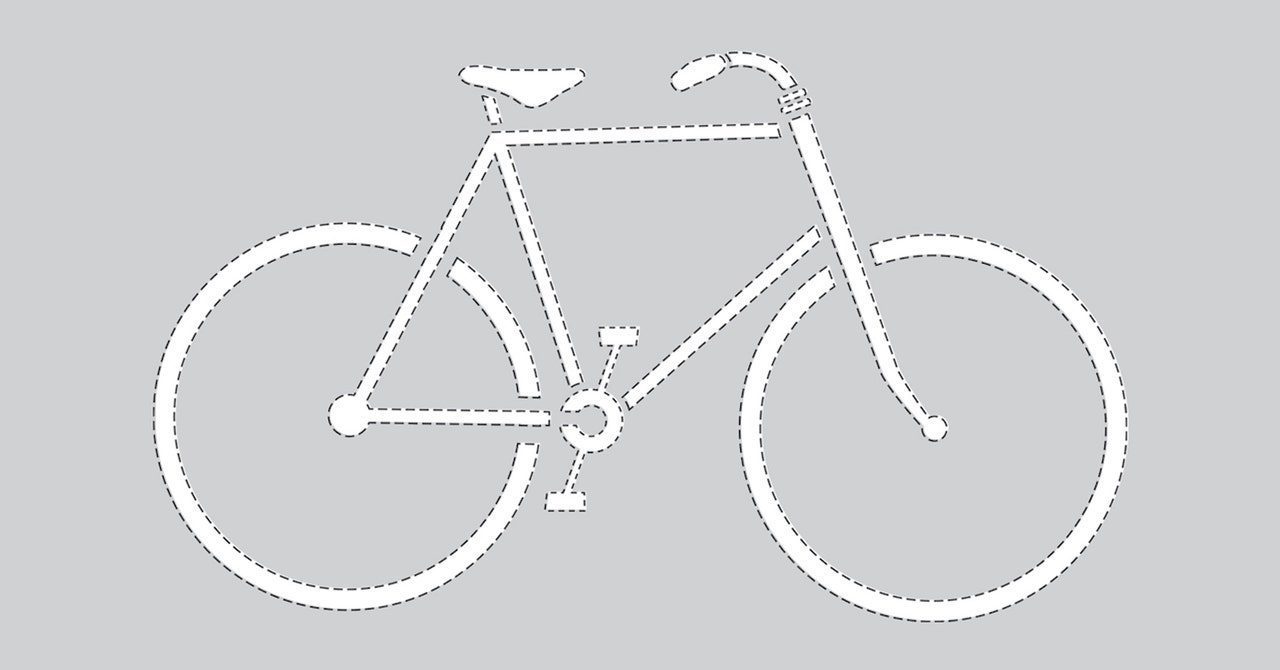Tree Abraham works as an art director in the publishing industry, so she considers herself a person who primarily designs books and not a person who writes them.
However, in her new book Cyclettes (Unnamed Press, $26), Abraham has done both. The 200-page hardcover collects Abraham’s delicately composed biographical vignettes alongside her illustrations, charts, photographs, and visual artifacts. Cyclettes is part memoir, part travelogue, part rumination on human existence, but no matter which direction the book takes, bicycles are always part of the story. Bicycles ridden, bicycles stolen, bicycles lusted after, bicycles used for utility and for escape. The bicycle is just as much the book’s central character as Abraham herself.
Cyclettes follows Abraham’s life from her childhood in the Canadian capital of Ottawa to her adulthood in Brooklyn, New York, zipping around the world in between. Throughout the book, Abraham veers off to recount her relationships with family members, friends, lovers, bosses, and strangers. A bike (several of them fall in and out of her possession as the story unrolls) is her constant companion, physically and psychologically carrying her to new territories. As she pedals, she drops keen observations about humans’ place in the world and how the bicycle gives us the power to change it for the better.
Abraham and I spoke over Zoom about her book’s stories and illustrations, her approach to cycling in her own life, and her idea of the perfect bike ride. Our conversation has been edited and condensed.
Michael Calore: I have to ask about the title. What is a cyclette?
Tree Abraham: It is a cycling vignette. So “cycling” in terms of bicycles but also in terms of cycles and spirals, like a kind of circular motion. And a vignette, whether it’s textual or non-texual, is a little tableau or anecdote.
There are many passages in your book that are about cycles and wheels and circles but don’t have anything to do with bicycling. There are a few pages right in the middle that riff on the circular nature of existence.
When I first started working on this project, I didn’t know what it would become. It began as just stories about every bicycle I had encountered in my life. Allowing myself that freedom to devolve into other notions tangentially related to that was really helpful for building up the themes I was exploring.
This isn’t a traditional bike book. Toward the beginning, you list all of the topics that are not in this book. The list includes all the things you’d expect from a bike book: cycling tips, gear recommendations, bike repair tips, David Byrne.
It was a strange book to pitch. At first I was like, who is going to want to buy this book that is about bicycles but not really about bicycles? It’s not for a cycling enthusiast. I think it straddles the line between what’s interesting to someone who rides a bike and what’s interesting to a millennial trying to figure things out in life. You can ignore the bicycle metaphor and just go in for the rest of the content.
I do say at the beginning: Be warned, I’m not claiming to be a serious cyclist at all. I’m an average person who has had a normal upbringing and a normal relationship to the bicycle. Maybe I have leaned deeper into cycling as a way of transportation, but I would be looked at as an amateur in the world of cyclists. It’s just something I love. So if I could find ways of integrating it into my life or into my travels, I would. But it’s not an obsession.



